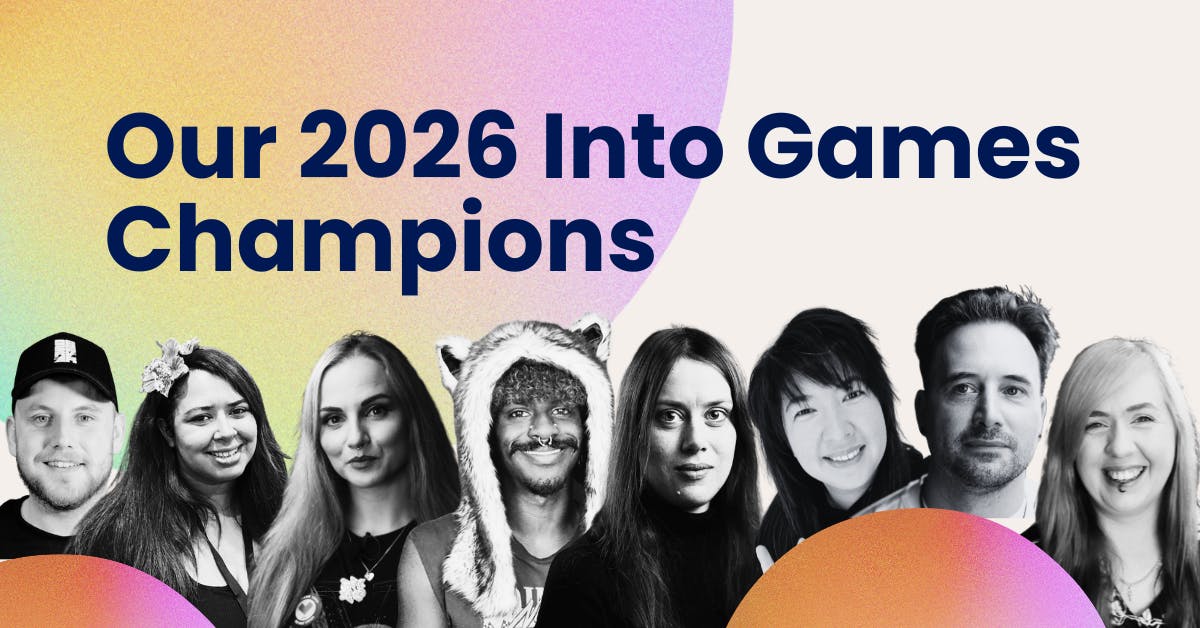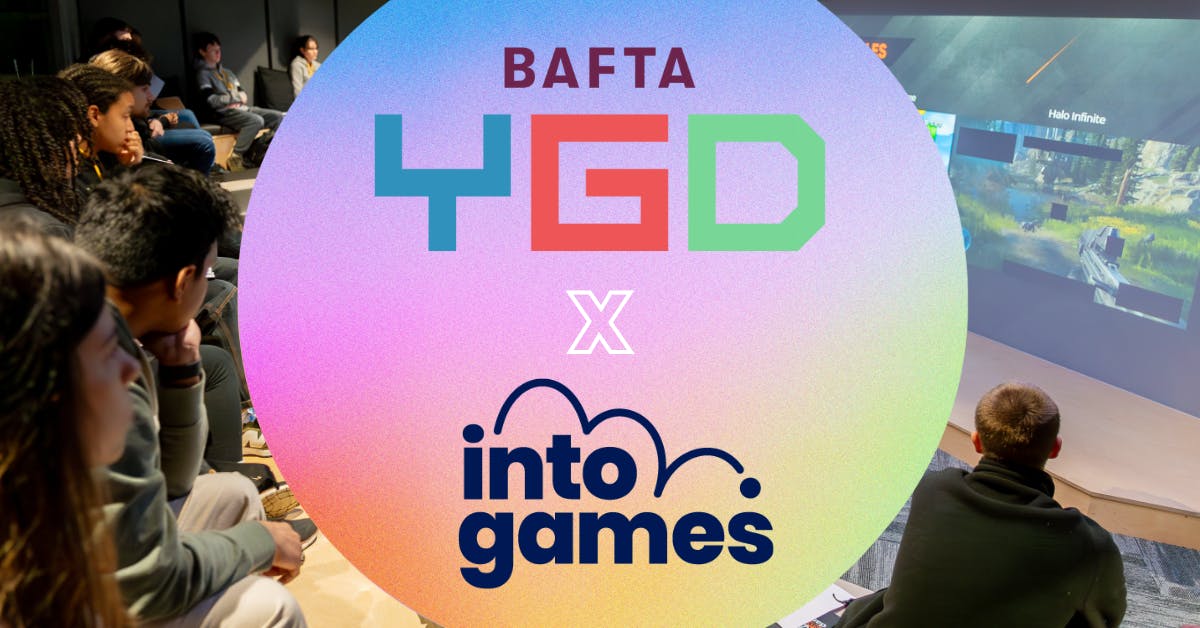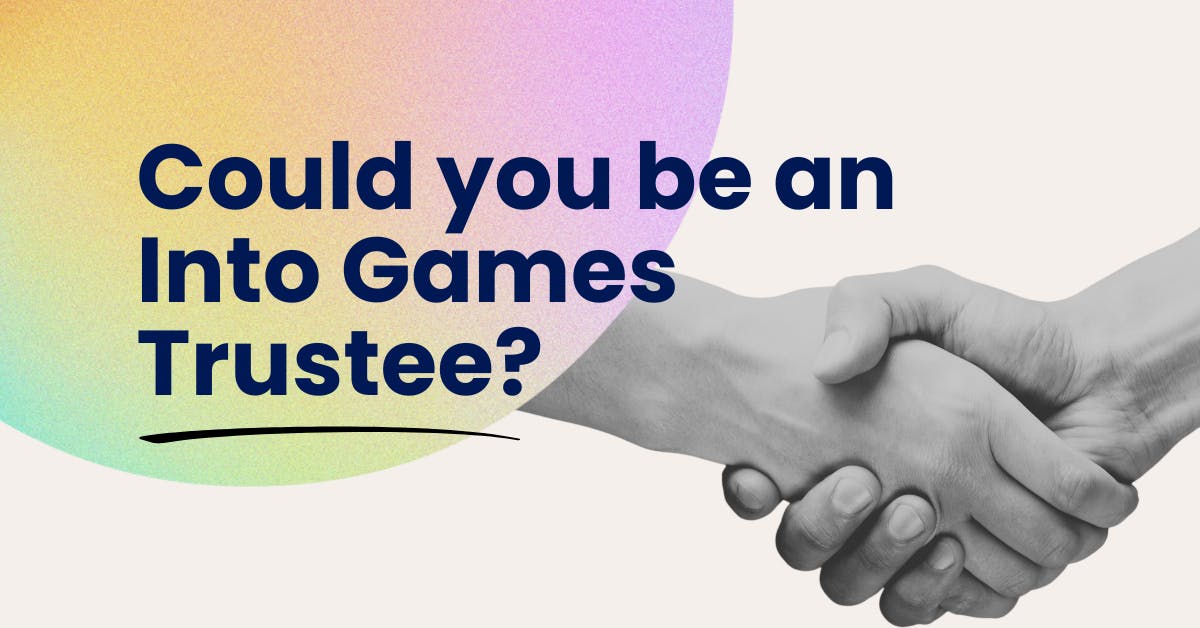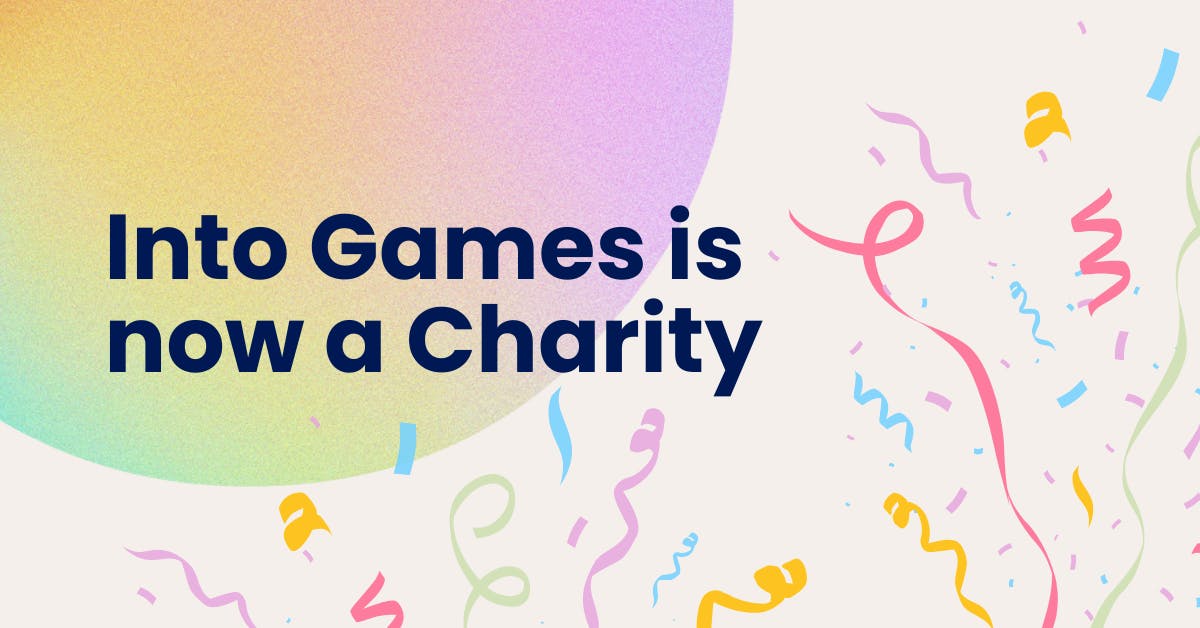
14 September 2020
Best Practices For Getting a Job in Game Art

Are you a graduate keen to find your first role in game art or a seasoned industry professional on the lookout for a new challenge?
Whatever your experience level, there are some simple best practices that you can apply to ensure that you are always giving yourself the best possible chance when applying for a new role.
Thank you to our friends and proud Video Game Ambassadors Deep Silver Dambuster Studios who put together this short blog containing eight easy to follow pieces of advice that will help you get yourself and your portfolio ready to look for your next opportunity.
1. See What Jobs are Available
The first and most simple step is to see what jobs are out there. You can do this by heading to the website of studios you know or using jobs boards to search for openings.
When you have an understanding of the jobs being advertised, you can decide which art role you are most interested in and begin to refine your application and portfolio to suit that position.
2. Build Your CV and Portfolio Around the Job You Want
Ever heard the phrase ‘jack of all trades, master of none’? Well that’s exactly what you do not want to be when applying for an art role.
You may be able to draw landscapes, 3-D model weapons and sketch characters reasonably well, but if the job you’re looking for is an environment artist role, then that’s where your CV and portfolio should be focused.
This way, you’re far more likely to stand out for being strong in your area of choice than adequate in multiple disciplines.
3. Tailor Your Application to the Studio and the Role
Now we don’t expect you to have a portfolio full of images ready to be used in the studio’s upcoming project, but you do need to demonstrate that you can work within the aesthetic and visual style that they are trying to achieve.
For example, if the studio is known for working on hyper realistic games, then providing them with a portfolio full of cartoon style pieces of work will likely not result in you being successful…
Do some research on the studio and their current and future projects beforehand and either select your work that best matches their style or better yet, create a brand new, bespoke piece (this will show the job poster that you are engaged with their vision and ready to help them achieve it).
4. Demonstrate the Fundamentals in Your Portfolio
It’s important to show us what you are capable of with your portfolio, but don’t overlook fundamental art skills in favour of more technical or experimental work.
Here’s what our Lead Environment Artist has to say…
‘The people reviewing portfolios are often Art leads and seniors, with years of experience on all types of games and we appreciate all styles of art work. But what we’re looking for are fundamental things. Composition, scale, proportions, colour application, lighting, mood, detail etc. If a Junior shows a good eye for these things, we often overlook any smaller technical problems because they can be picked up on the job.’ – Phil Howlett Lead Environment Artist at Deep Silver Dambuster Studios

5. Show Us What You Can Do Now
It’s sometimes great to see older pieces of work in an artist’s portfolio – if they help demonstrate how they have developed and advanced their skills and abilities – but it can also be a hindrance if they are taking up crucial space.
‘Background checks aside, I’m usually sold within the first 3 assets, detail and composition are my top two.' – John Parr Art Producer at Deep Silver Dambuster Studios.
Don’t waste crucial space in your portfolio on work that isn’t your best or is outdated.
The focus of your portfolio should be on your most current, up to date work. In short, we want to see what you can do and where your passions currently lie, not a few years ago.
Also, it’s best practice to periodically update your CV with any new skills, qualifications or experiences, but crucial before applying for any new role.
We see outdated CVs often, which isn’t just a missed opportunity to tell us about your skills, it tells us that a lack of care and attention has been involved in the application process.
6. Only Put Your Best Work Forward
This may seem obvious, but it’s important that you only include high quality work in your portfolio. This not only best demonstrates your skill and ability level, but it also shows that you have sound artistic judgement. Providing annotated sketches and artwork also helps us to better understand your artistic process.
‘You should choose what to include in your portfolio very carefully. I have been put off many portfolios with good work in them because the applicant has included bad work too. This will make me wonder- Can the artist tell which of their pieces is good? Are they capable of taking any task and working it up until it meets a very high-quality threshold?’ – Gyanam O’Sullivan Outsource Lead at Deep Silver Dambuster Studios

7. Be as Specific as Possible
One of the biggest downfalls in candidates’ CVs is a lack of specific details relating to previous projects and experiences.
For example, if you’ve worked on multiple titles, then tell us about every aspect of your role during each production process, how they differed and what you learnt during your time working on each of them.
Or if you are yet to work within the industry, tell us the same information relating to modules of your university course or any other relevant experience. We want to hear the details of your work experience not just generic positions and titles.
8. Make it Easy for Us to See Your Work
Printed copies of your portfolio are great, but they can get lost or stuck at one person’s desk forever.
Consider creating an online portfolio of work and distribute the link to recruiters and studios for them to review and when sending your CV across.
‘We see far too many applications missing the very basics such as contact details or portfolio links. Don’t make it difficult for us to see your work or get in touch with you’. – Robert Matthews Studio Development Director at Dambuster Studios
Any Questions?
Thank you again to Deep Silver Dambuster Studios who put together this blog. We hope that this article has been useful to you and we wish you the best of luck in your search for a role within game audio. If you have any further questions, feel free to get in touch.
Stay up to date
It's time to level up your inbox
Pick which newsletters you're interested in receiving, and customise further by specifying a discipline.
Join our mailing listTell me more






